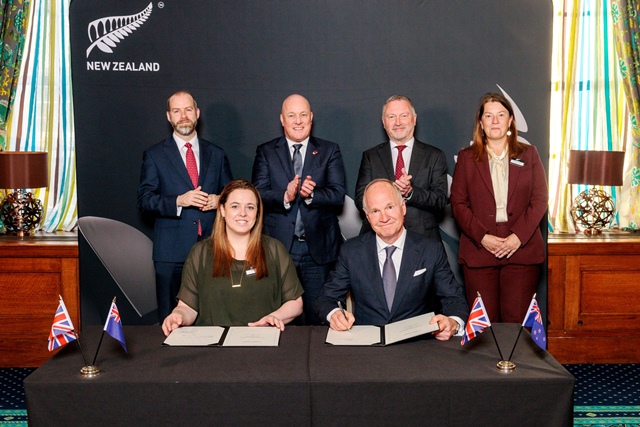Southend Airport and 54(R) Squadron honour Battle of Britain pilot
The 54(R) Squadron from RAF Waddington presented the plaque to the airport in memory of Flying Officer Johnny Allen DFC.
On 24 July 1940, Flying Officer Johnny Allen – who was based at RAF Rochford, the airfield that became London Southend Airport - was flying a Spitfire MK1 protecting a convoy in the Channel and Thames Estuary. During combat over Margate his engine was damaged and he crashed into a substation.
The plaque is a reminder of the historical links between the Squadron and the Airport. It was based at RAF Rochford during the Battle of Britain and spent the early days of the Second World War patrolling the Kent coast, eventually providing air cover for the evacuation of Dunkirk.
Officer Commanding 54(Reserve) Squadron, Wing Commander Andy Ross said: “Flying Officer Allen typified the values that 54(R) Squadron members have carried forward since the Battle of Britain – dedication, sacrifice, and perseverance. We are proud that we can honour a very special member of the ‘few’, which fought and died protecting our nation.”
The role of London Southend during the Second World War is already commemorated at the airport with a sculpture installation outside the terminal building. Searchlight Beacons is a trio of beacons illustrating the three ages of London Southend Airport – the important role played by the airfield in World War II, its growth as a commercial airport in the 1960’s and 1970’s (when it was the third busiest airport in the UK, after Heathrow and Manchester) and today’s regeneration thanks to the investment of the Stobart Group. These periods are reflected by images of the Supermarine Spitfire, Bristol Freighter and Airbus 319 lasercut into the stainless steel of the beacons. The beacons are illuminated from the interior with LED lighting at night, creating a World War II ‘searchlight’ effect.
LSA Chief Operating Officer Jon Horne said: “We are very pleased to display the plaque as a reminder of the proud history of the airport going back many years. Recognising the heritage of the airport, including during the Second World War and those who served their country, is hugely important to us.”













